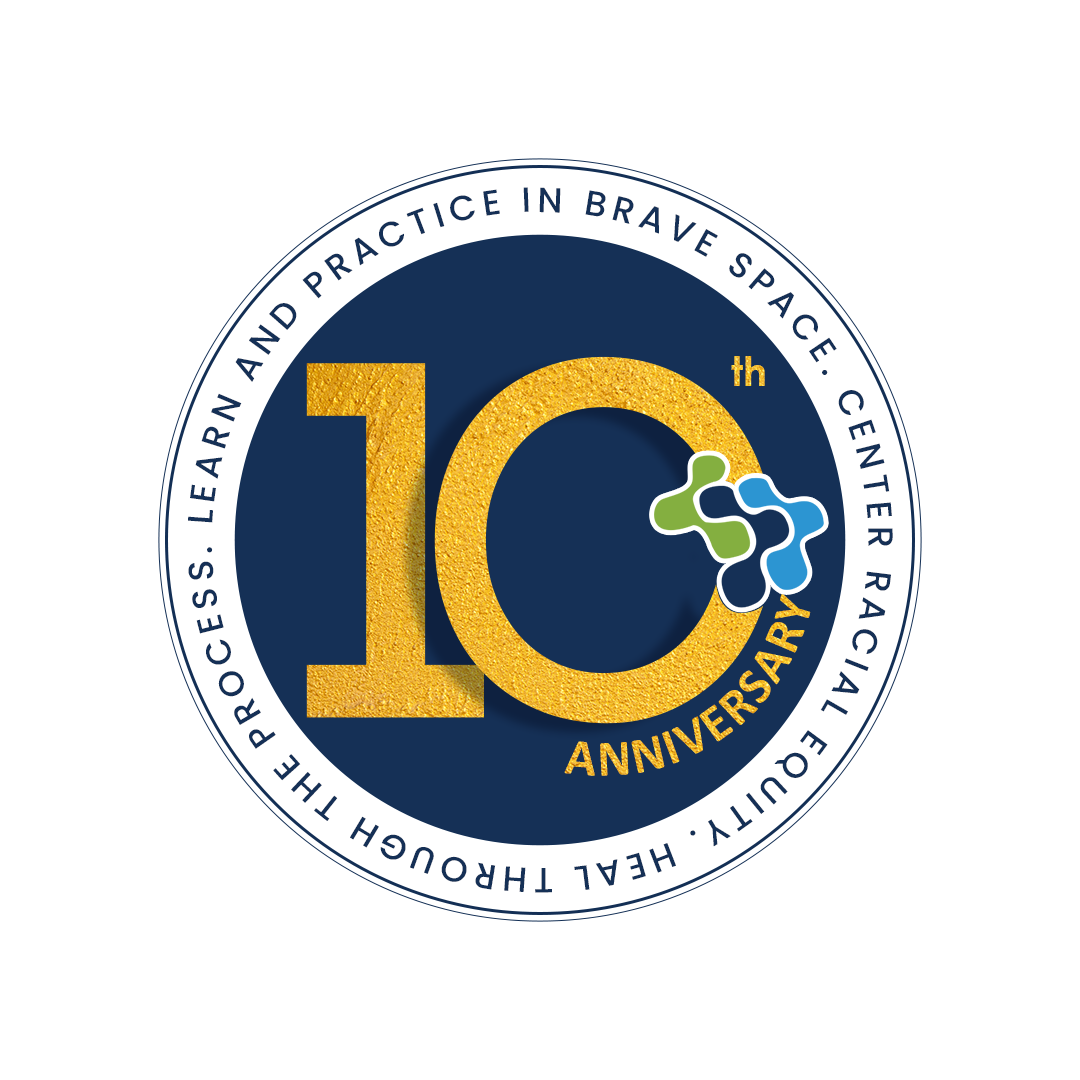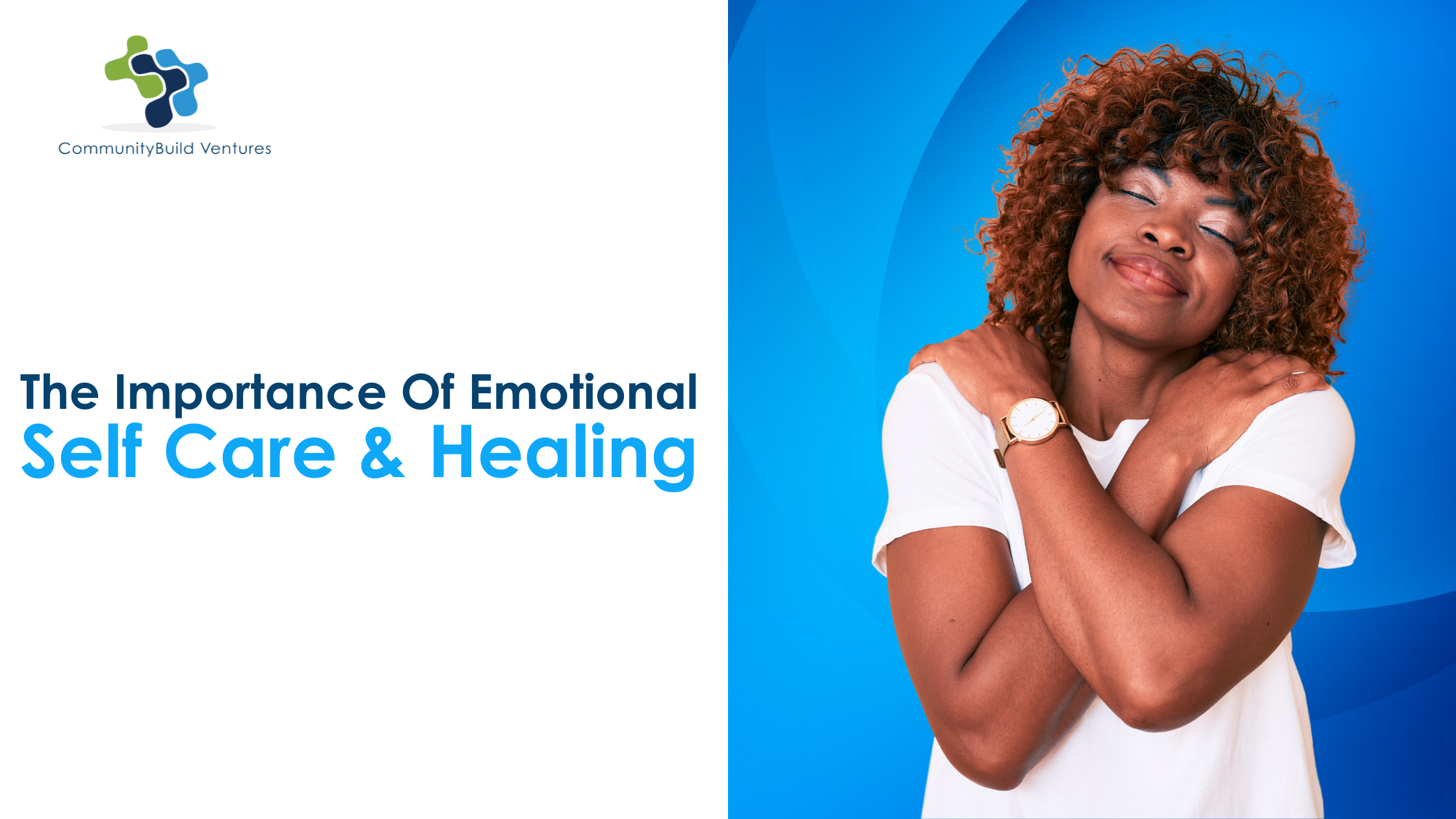Without the prioritization of emotional self-care and healing, racial equity work cannot be fully brought into fruition. This is because the generations of trauma inflicted on Black communities in the United States have led to more stress and adverse physical and mental health outcomes than white counterparts.
In fact, one study found that Black adults are 20% more likely to have feelings of serious psychological distress than adult whites. On top of this, Black individuals often have to deal with more barriers than other races for access to comprehensive mental health resources and support to heal from this distress.
What Does Emotional Self-Care and Healing Look Like At CBV?
Due to the added stressors of generations of systemic oppression, racism, and trauma, there is no question that emotional self-care and healing must be integrated into organizations to truly uplift and support their Black community members.
CommunityBuild Ventures defines emotional self-care as the practice of becoming aware and intentionally integrating the “feeling self” in service to the overall well-being of the individual. As a whole, emotional self-care and healing give Black individuals the permission to reveal their emotions, process their trauma, and receive support and non judgment from peers.
Here at CBV, we believe that the quest to true healing and justice in organizations can be accomplished when creating the time and space for integrating this emotional self-care work. This starts with leaders and fellow members of the community checking in with Black members, listening to their needs, and properly supporting them as they see fit.
3 Ideas For Practicing Emotional Self-Care and Healing
If you are looking for ways to promote self-care and healing both in yourself or in members of your organization, here are a few beneficial practices to get started on your journey to healing from racial trauma:
#1: Journaling
Journaling is one of the best spaces for emotional self-care, as it allows an individual a place to privately reflect on their feelings and emotions. This level of privacy is helpful to those who do not yet feel safe or comfortable with sharing their trauma with those around them.
#2: Social Support
Speaking your truth and confiding with a group of friends, coworkers, or peers is a great place to allow your ‘feeling self’ to shine. Oftentimes, connecting with others over shared experiences validates individuals struggling with racial trauma and makes them feel less alone.
#3: Therapy
Working with a professional licensed therapist is an invaluable space for healing. This is because therapists have the training to actively listen, validate emotions and feelings, and help individuals develop healthy coping strategies, set boundaries, and better understand the impact that racial trauma has had on their life.
Reimagine Your Community With CBV Today
In order to build an equitable community, creating safe spaces for self-care and healing is an absolute must. CommunityBuild Ventures is here to help organizations integrate this crucial practice into their operations to ensure that every community member is flourishing. For a chance to work with our equity-driven team of consultants, don’t hesitate to get in touch today.


